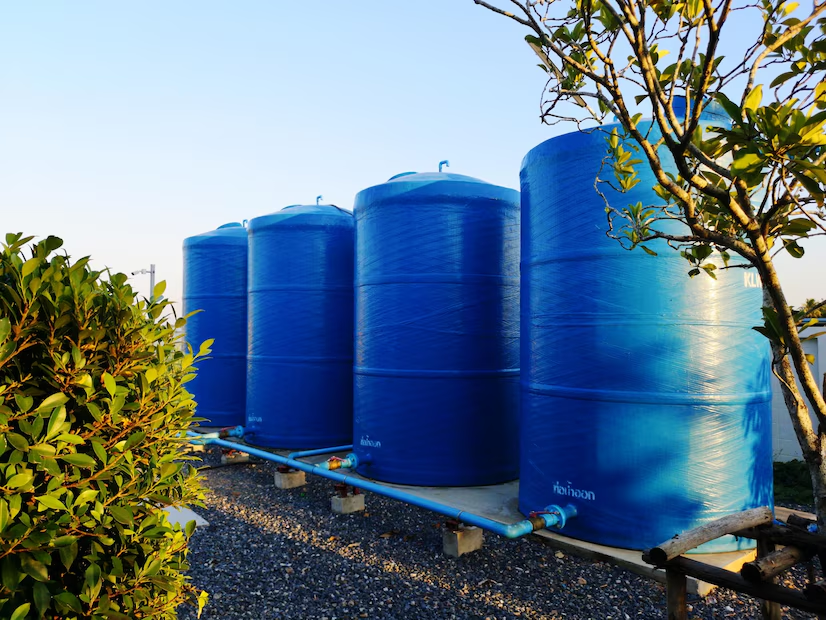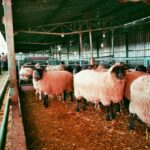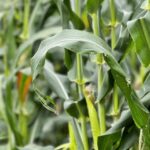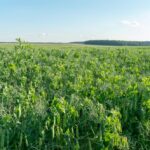In South Africa, where agriculture is a cornerstone of the economy, ensuring a reliable and efficient water storage system is crucial for farmers. Given the country’s periodic water scarcity, especially in regions with low rainfall, farmers must design water storage systems that can capture, store, and distribute water efficiently to sustain crops and livestock. This guide provides essential steps for designing a farm water storage system that meets your needs.
1. Assess Water Availability
Before designing your water storage system, the first step is to assess the available water sources on your farm. This may include rainfall, rivers, dams, boreholes, or nearby water bodies. Understanding the quantity and consistency of water availability will help determine the storage capacity and the type of system best suited to your farm’s needs.
- Rainwater Harvesting: If your area receives significant rainfall, collecting rainwater through gutters and downpipes into storage tanks or ponds is a viable option. Ensure your storage capacity matches the average annual rainfall to maximize the efficiency of this method.
- Groundwater and Boreholes: For farms in areas with limited surface water, boreholes can provide a consistent water supply. It’s essential to assess the groundwater levels and sustainability of borehole water before depending entirely on it.
2. Determine the Storage Capacity
The next step is determining how much water you need to store. This depends on several factors, such as:
- Crop Water Requirements: Different crops have different water needs. Determine the average water requirement for each crop on your farm to ensure you can store enough water to sustain them during dry spells.
- Livestock Needs: Livestock also requires a steady water supply. For example, cattle consume an average of 40-60 liters per head per day, depending on the breed and environmental conditions. Multiply this by the number of animals you have and plan for their water requirements.
- Seasonal Variations: Consider peak seasons and drought periods. You might need to store more water during the rainy season to cover the dry season.
A common rule of thumb is to have enough storage to cover your needs for at least a month during the dry season, but this can vary based on the farm’s location.
3. Choose the Right Storage Method
There are several water storage options to choose from, each suited to different farm types, sizes, and water availability.
- Ponds or Dams: These are ideal for larger farms with access to natural water sources. A well-designed pond can store large amounts of water, but it must be lined to prevent seepage, especially in areas with sandy or porous soil.
- Water Tanks: Tanks are a popular choice for smaller to medium-sized farms. They come in various materials such as plastic, steel, or concrete and can be installed above or below ground. Make sure the tank is large enough to meet your water storage needs but not so large that it becomes cost-prohibitive.
- Rainwater Harvesting Systems: This system collects water from roofs and stores it in tanks or barrels. For maximum efficiency, ensure your gutters and downpipes are clean and regularly maintained.
- Borehole Storage: For farms with access to groundwater, a borehole storage system can be a great option. Borehole pumps can be used to pump water into a tank or pond, where it can then be stored and distributed as needed.
4. Design a Distribution System
Once you’ve determined your water storage, the next step is designing a reliable distribution system to ensure water reaches where it’s needed. You’ll need to decide between gravity-fed or pump-based systems.
- Gravity-Fed Systems: These systems rely on natural gravity to move water from the storage facility to the fields. It’s an energy-efficient method, but it requires careful planning to ensure that water can flow to all areas of the farm without issues.
- Pump-Based Systems: If your farm is on uneven ground or the water needs to be moved uphill, you may need a pump to distribute the water. Solar-powered pumps are an eco-friendly option and are increasingly popular in South Africa due to the abundance of sunlight.
You can also incorporate drip irrigation or sprinkler systems, which are highly efficient for crop irrigation. Drip irrigation minimizes water wastage and delivers water directly to the root zone of the plants.
5. Plan for Maintenance and Repairs
Any water storage system requires regular maintenance to ensure it operates effectively. Check for leaks, clean filters, and inspect pumps, pipes, and tanks periodically. Over time, sediment can build up in ponds and tanks, so it’s important to schedule routine cleanings to prevent contamination.
Additionally, if you’re relying on boreholes or pumps, you should have backup systems in place in case of mechanical failure. A generator or manual hand pump could serve as a temporary solution during power outages or pump repairs.
6. Implement Water Conservation Practices
Incorporating water-saving techniques into your farming practices can significantly reduce the amount of water you need to store. Some practical conservation methods include:
- Mulching: Mulch helps retain moisture in the soil, reducing the need for frequent irrigation.
- Soil Moisture Monitoring: Use moisture sensors to monitor soil conditions and water crops only when necessary, preventing over-irrigation.
- Crop Selection: Choose drought-tolerant crops that require less water, especially during dry spells.
Designing an efficient water storage system is essential for the sustainability of your farm, especially in areas where water scarcity is a concern. By assessing water availability, determining storage needs, choosing the right system, and incorporating water-saving practices, farmers in South Africa can secure a reliable water supply for both crops and livestock. A well-planned water storage system not only supports agricultural productivity but also helps farmers adapt to the unpredictable nature of water resources, ensuring their farm’s resilience in the face of changing environmental conditions.
Join 'Farmers Mag' WhatsApp Channel
Get the latest Farming news and tips delivered straight to your WhatsApp
CLICK HERE TO JOIN






